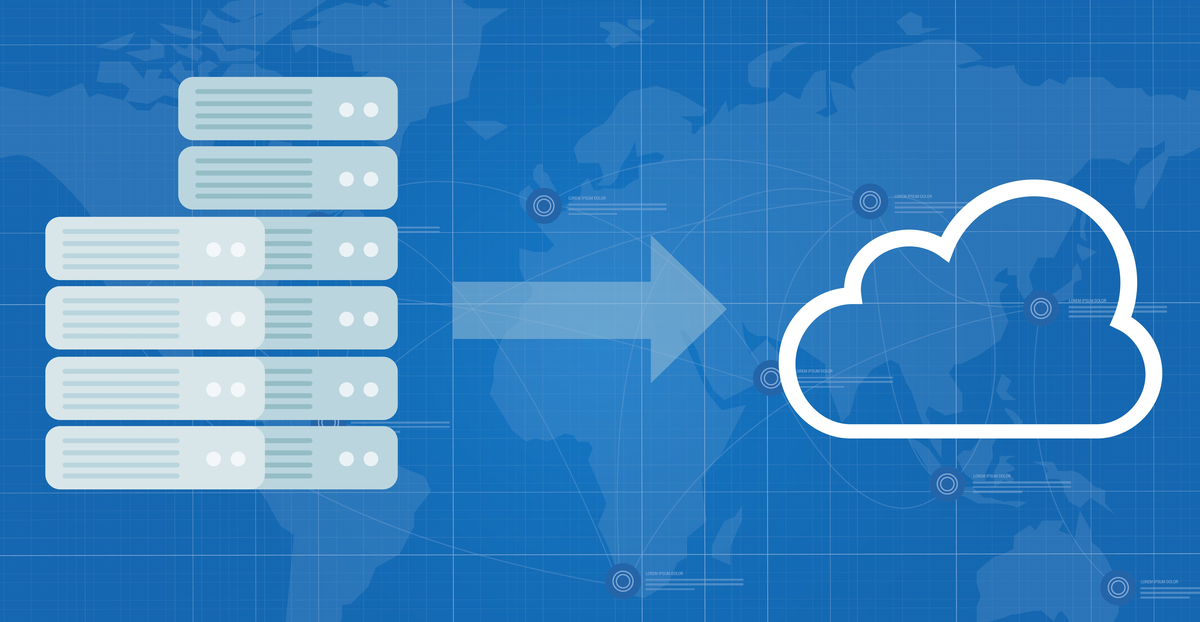Transitioning legacy applications to the cloud
Samuel Lincoln - July 26, 2025

When transitioning legacy applications to the cloud, there are several critical factors to consider beyond just moving the code and data. It’s essential to plan carefully to ensure scalability, security, and business continuity throughout the process.
A successful modernization typically involves multiple phases: assessment and planning, where you analyze the current state, define objectives, and design the target environment with scalability and maintainability in mind; implementation, where migration and refactoring take place; and finally, validation and optimization, where you secure, test and fine-tune the solution to meet performance and compliance requirements.
In this article, I’ll outline these key steps and share practical strategies to help make the transition smooth and effective — while preserving the reliability and security that businesses depend on.
Assessment and Planning
The first step is to perform a thorough assessment of the existing application. This includes analyzing the architecture, identifying dependencies and bottlenecks, and reviewing security gaps and business-critical processes. It’s important to map out all functionalities, integrations, and flows of sensitive data, as well as to document potential risks and define the key business requirements that must be preserved during the migration.
Next, it’s essential to define the modernization strategy itself: whether the application will be partially refactored, fully rewritten, or simply rehosted with minimal changes. Based on this decision, you can design the target architecture — for example, moving towards containerization, adopting microservices, or implementing serverless components — always aiming for scalability, maintainability and alignment with business goals.
The third step focuses on security. Migrating from on-premises to the cloud requires clearly defined strategies for managing secrets and credentials, implementing data encryption in transit and at rest, and setting up robust authentication and authorization mechanisms. These measures are essential to protect sensitive information and to ensure compliance with industry standards and business requirements.
Implementation
With the strategy and architecture defined, the next step is to implement the infrastructure. This should be done using Infrastructure as Code tools like Terraform, which make deployments repeatable and auditable. Depending on the application’s complexity and requirements, it may also be necessary to use orchestration tools such as Kubernetes or take advantage of managed cloud services to simplify scalability and maintenance.
The following step is to create an automated pipeline to streamline the build, testing, security scanning and deployment processes. Using tools like GitHub Actions, you can implement a robust CI/CD workflow that ensures new changes are consistently tested and securely deployed to production, reducing manual effort and the risk of human error.
Validation and Optimization
Once the infrastructure is in place and the application is running in the cloud, the final step is validation and continuous optimization. This includes setting up monitoring, logging and auditing tools to track performance, usage patterns and potential security issues. These insights help identify bottlenecks or vulnerabilities early, allowing for ongoing improvements to ensure the system remains reliable, secure and efficient over time.
Lastly, it’s important to produce comprehensive technical documentation covering the architecture, processes and key decisions made during the migration. In parallel, the team should be prepared and trained to maintain and evolve the modernized solution, ensuring they are equipped to handle future updates and keep the system aligned with business needs.